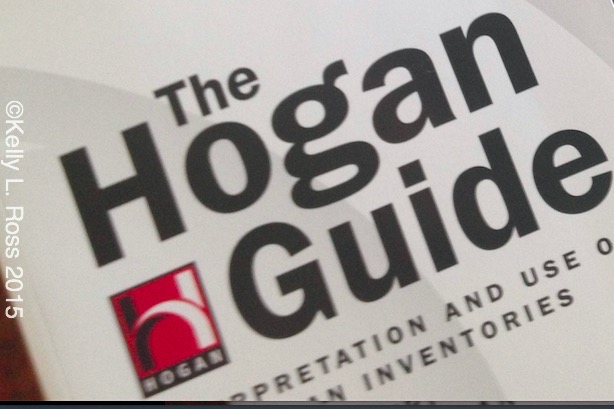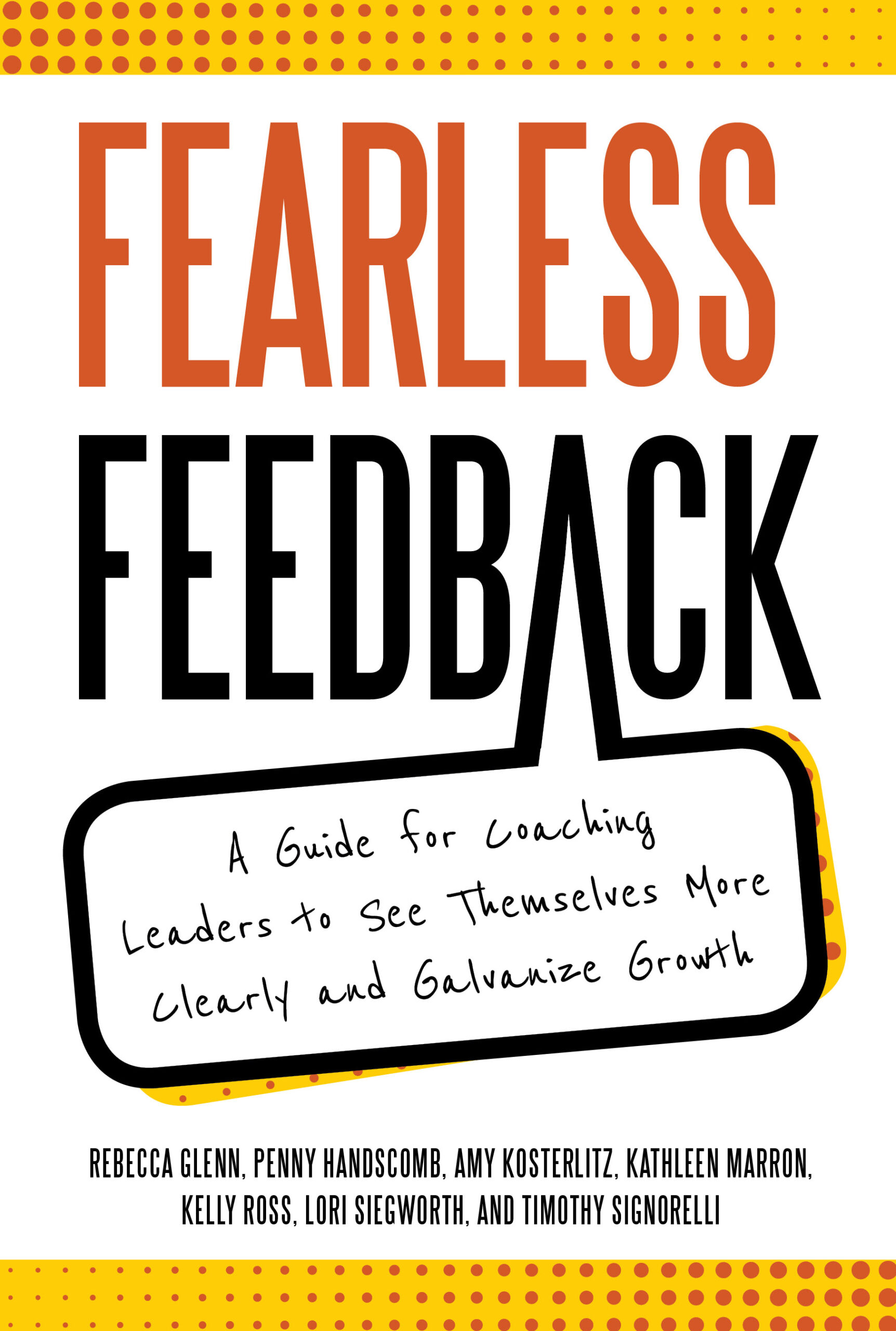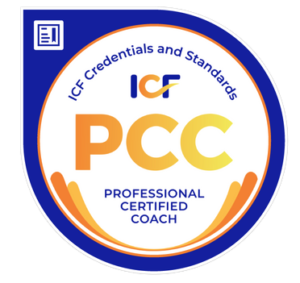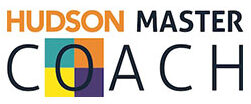16
Oct 2015
Use Hogan Lead Series to Understand Your Leadership, Work Better as a Team, and Support Succession Planning
One of the assessment tools I often use in my leadership development and talent management work is the Hogan Lead Series, part of the Hogan Assessment System. This is a tool with several applications. Hogan Lead Series is a three-part assessment:
- Values describe what gets you out of bed in the morning and give clues
about organizational fit - Potential tells us about how you typically show up day-to-day and gives insight into the type of work you are likely to enjoy
- Challenge shows the things that make you good at what you do but if taken too far can become derailers.
Because this is a self-report instrument, it often does not tell a leader something wildly surprising, rather gives a leader new ways to talk about who she is and how she leads, useful both to the individual leader and for articulating leadership style to others. Looking across the three reports we can often better understand how parts of a leader’s personality “play” with other parts. Viewed together, the reports are extensive and one has to be willing to dig into the details to find the Hogan useful. Leaders who take the time to understand their Hogan and reflect on their leadership style are more authentic in their leadership, as they can leverage their strengths and personality.
Hogan Helps Leaders Become More Self-aware
Another leader I am working with has a high Recognition score and found the information helpful in asking for what he needs as well as being aware of times when his peers need less recognition and visibility than he does. Recognition is on the Values report and measures how indifferent a person is to visibility versus wanting to be noticed and seeking appreciation. Low scorers are unconcerned about official attention; high scorers seek the spotlight.
Hogan Can Be Applied to Various Coaching Situations
- With one organizational client, I use Hogan with high potential individuals identified through their succession planning process. I help the leaders build development plans that they present to the CEO and their boss in order to grow into future senior leadership roles.
- I coach graduate students who take the Hogan at the beginning of their studies to help create individual learning plans and better articulate how they lead others.
- Some of my individual coaching clients begin our engagement by taking Hogan to better understand and describe their leadership style or to build out a development plan and set goals for our work together.
Recently I worked with an intact operations team at a higher education institution as part of their annual planning retreat. Everyone took the Hogan Values assessment and we talked through what each of the values means and then stood up to create a human chart of their results for each of the ten scales. The conversation touched on what each value looks like, how it shows up for various people at work, and any requests of colleagues who were at the other end of the continuum. The conversation was lively and fed into the teams’ rules of engagement for how they work with one another day-to-day and brought new team members up to speed.
Benefits of Working with a Certified Hogan Assessor
Resources:
- Find out more about Hogan.
- Great background about assessments in Science of Personality (37 min video)
- Related Post: Using Assessment in Coaching






